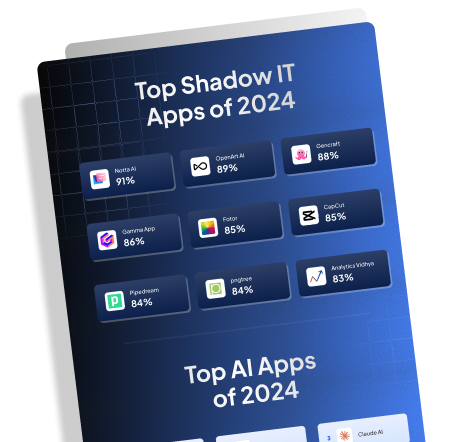What is IT Project Management?
IT Project Management refers to the planning, execution, and supervision of projects in the field of information technology. This can range from software development to computer science-related projects. The project manager is responsible for ensuring the project meets its goals, stays on budget, and is completed on time. Key project management skills involve task management, understanding project scope, and effectively communicating with stakeholders.
The SaaS Management Connection
SaaS Management Platforms like Torii can play a pivotal role in IT project management through capabilities like application lifecycle automation, ticket delegation workflows, and more. Essentially, SaaS Management Platforms make it easier for the project team and the project manager to meet project goals and deliver successful projects. Learn more about Torii’s advanced workflow builder.
Examples of IT Project Management
Example: A software development project for a new app.
- Planning Phase: The project manager defines the project scope and drafts a project charter.
- Task Assignment: Distribute tasks among the project team.
- Monitoring: The project manager uses project management tools to keep track of task management and project deliverables.
- Stakeholder Management: Give regular updates to stakeholders to manage their expectations.
- Completion: Judge the project’s success based on deliverables and stakeholder expectations.
Best Practices for IT Project Management
- Clear Objectives: Define clear, measurable objectives that align with business goals.
- Planning: A thorough planning phase is crucial. Develop a comprehensive project charter and project plan.
- Task Management: Use project management tools for task tracking and to keep the team aligned.
- Stakeholder Communication: Keep stakeholders informed through regular updates and manage their expectations.
- Risk Assessment: Incorporate IT risk management into the project by identifying and preparing for potential risks.
- Agile Methodology: Be flexible with changes and incorporate agile practices when feasible.
- Skilled Team: Ensure your project team has the right blend of skills, from technical expertise to management skills.
- Quality Control: Regularly test deliverables for quality, keeping the end-user in mind.
- Documentation: Keep meticulous records of everything from project scope to stakeholder communications.
- Post-Project Evaluation: Conduct a feasibility study and evaluate what went well and what needs improvement for future projects.
By applying these best practices, you enhance the likelihood of project success, ensuring that you meet deadlines, stay within budget, and satisfy stakeholder expectations.
Related Terms You Should Understand
IT Management: This overarching field covers the management of all technology resources, including IT project management, to meet organizational goals.
Project Management Institute (PMI): A global association for project managers that provides best practices, tools, and techniques.
Project Management Software: Tools like Microsoft Project can help in the planning and execution of IT projects.
IT Risk Management: Part of your project planning should include identifying potential IT risks, assessing their impact, and planning mitigation strategies.
Agile Methodology: A project management and product development approach that is highly flexible and encourages rapid and flexible response to changes.
Stakeholder Expectations: Understanding and managing the needs and expectations of everyone involved in or affected by the project.
IT Governance: This ensures that all IT projects, including yours, align with the company’s objectives and values.
Project Charter: A formal, approved document that defines the scope, objectives, stakeholders, and other aspects of the project.
Deliverables: Deliverables are products, services, or results that IT must deliver to complete a project.
Feasibility Study: An analysis and evaluation of a proposed project to determine if it is technically feasible, is feasible within the estimated cost, and will be profitable.
IT Asset Management: Understanding the assets at your disposal is essential for budgeting and project planning.
Understanding these terms and their relationship to IT project management can give you a more rounded view of what is involved in managing complex IT projects. Whether you are a professional in business administration or someone looking to learn more, grasping these concepts is crucial for project success.






